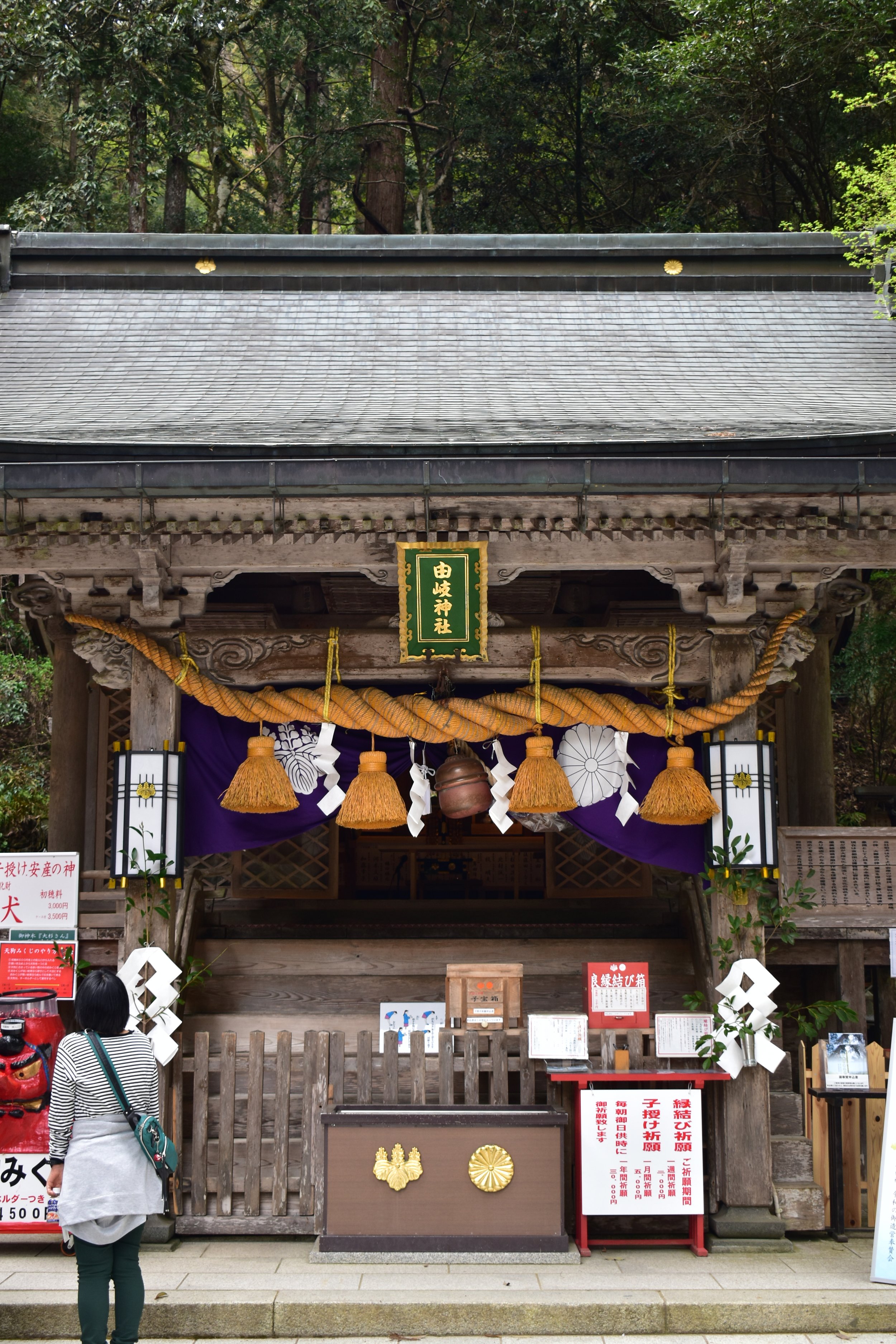Motoise Kono Jinja
Motoise Kono Jinja, or simply Kono Jinja, is an imperial shrine just north of a sand bar Amanohashidate in northern Kyoto Prefecture. The shrine was the original home of Toyo’uke Ômikami, the goddess of agriculture and the companion of Amaterasu Ômikami, sun goddess and matriarch of the imperial family. Toyo’uke Ômikami was moved from Kono Jinja to her current residence at Ise at Gekû.
For the casual: 3. For the educated: 4.
If your plan is to travel out of Kyoto or Osaka to see some of the most holy shrines in the country, you may as well make the trip to Ise to see the real ones instead of the holy sites where the gods USED to live. I’m aware that I’m being harsh, but I just don’t see a casual or an educated visitor making the trip to this shrine without being drawn by the far more enjoyable activities offered in the Amanohashidate area.
That being said, the shrine is nice and clean. It’s styled in the traditional architecture you’d see at Ise. The grounds were recently refurbished, so the stone baths are clean cut and bright, the gold leaf flickers in the sunlight, and the refreshing scent of cedar hangs in the air.













